Measurements canvas: width cm 102, height cm 80
The painting is accompanied by an old appraisal by Prof. Ferdinando Arisi attributing it to: Jacob de Heush (Utrecht 1657 - Amsterdam 1701)
The comparison of the classical Roman landscape with the dramatic and passionate landscape of Salvatora Rosa gave rise to Jacob de Heusch's art. He began painting landscapes under the guidance of his uncle as a boy in Utrecht and moved to Rome in 1674. Even before arriving in Rome, he had already produced paintings based on Salvator Rosa's engravings and paintings. Having arrived in Rome with the artistic background of the Dutch tradition, he encountered Italian landscape and veduta painting and worked on his own personal assimilation. For some time he worked in the landscape, vedutistic and marine genres, where he expressed a high pictorial quality and the inventive ability to combine landscape and monuments with a loose and supple brushstroke and a careful and precise realism. His is a vivid naturalism that is not an ocular description of reality but a conciliation of poetic expression, fantastic nature and realistic feeling. He is attentive to reality, he draws by copying nature, his architectural interest in the buildings of Rome takes place directly on site. Heusch's views tend to reproduce not the static image but the atmosphere in which buildings and people are inserted. However, even the paintings of the strictest Vedutist observance always show a certain freedom from direct correspondence with reality, leaving room for the imagination. The articulation of the buildings, the animated scenes with their unmistakable figurines, are the result of the free play of superimposing the ideal over the real datum. However, the atmosphere of serenity and calm will always be an essential feature in his stylistic evolution. The use of ancient monuments is necessary for him not to faithfully portray Ancient Rome but to create an atmosphere. Jacob left Rome in the early 1790s and returned to Holland where he died at the age of 45 in Amsterdam in 1701.



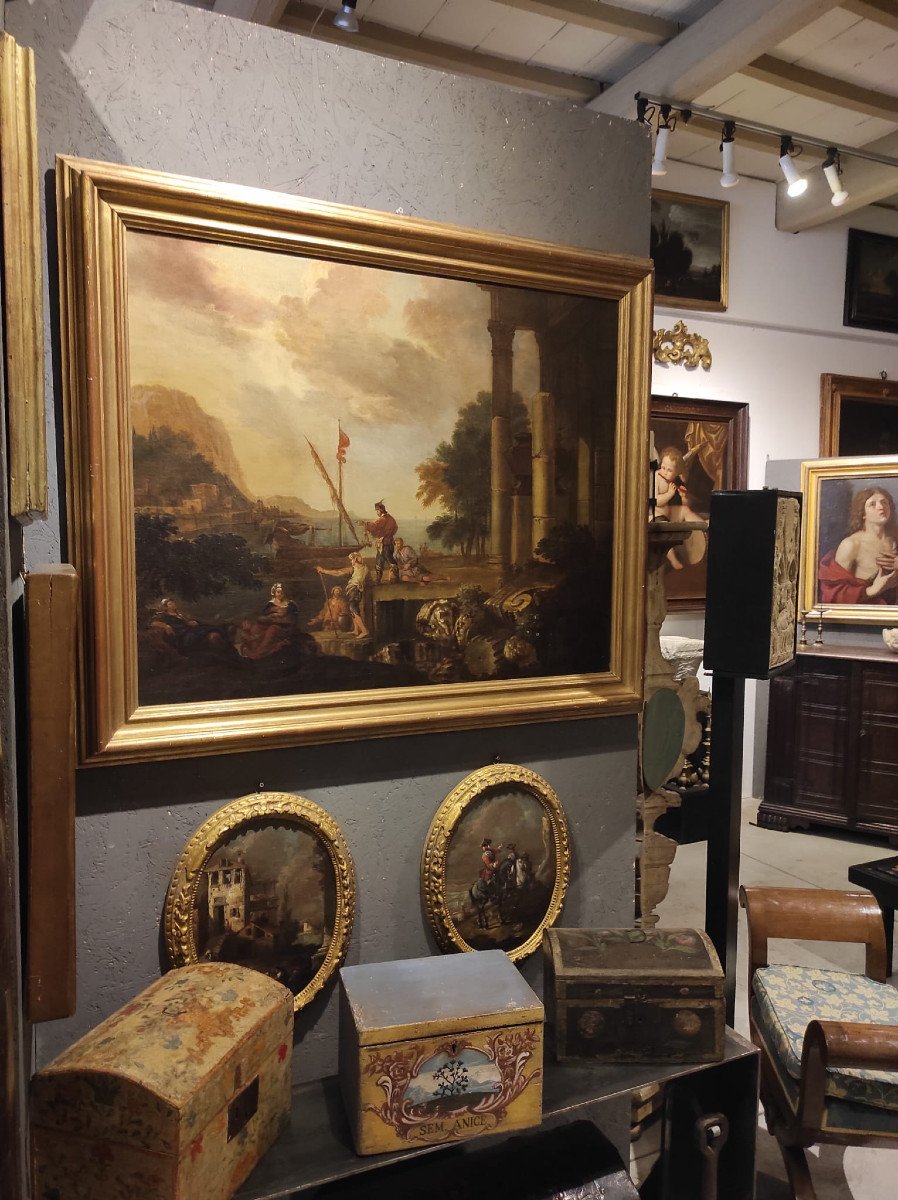
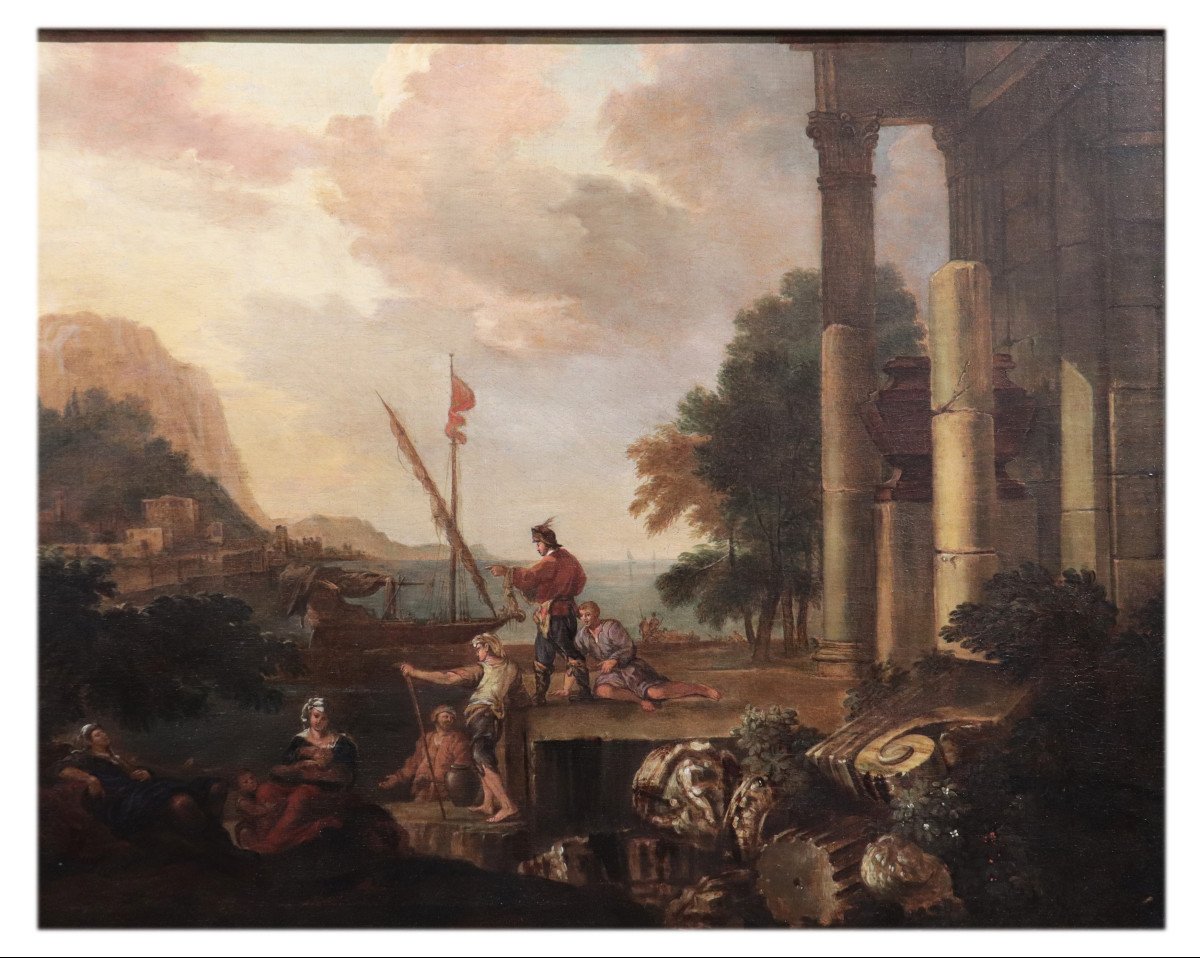
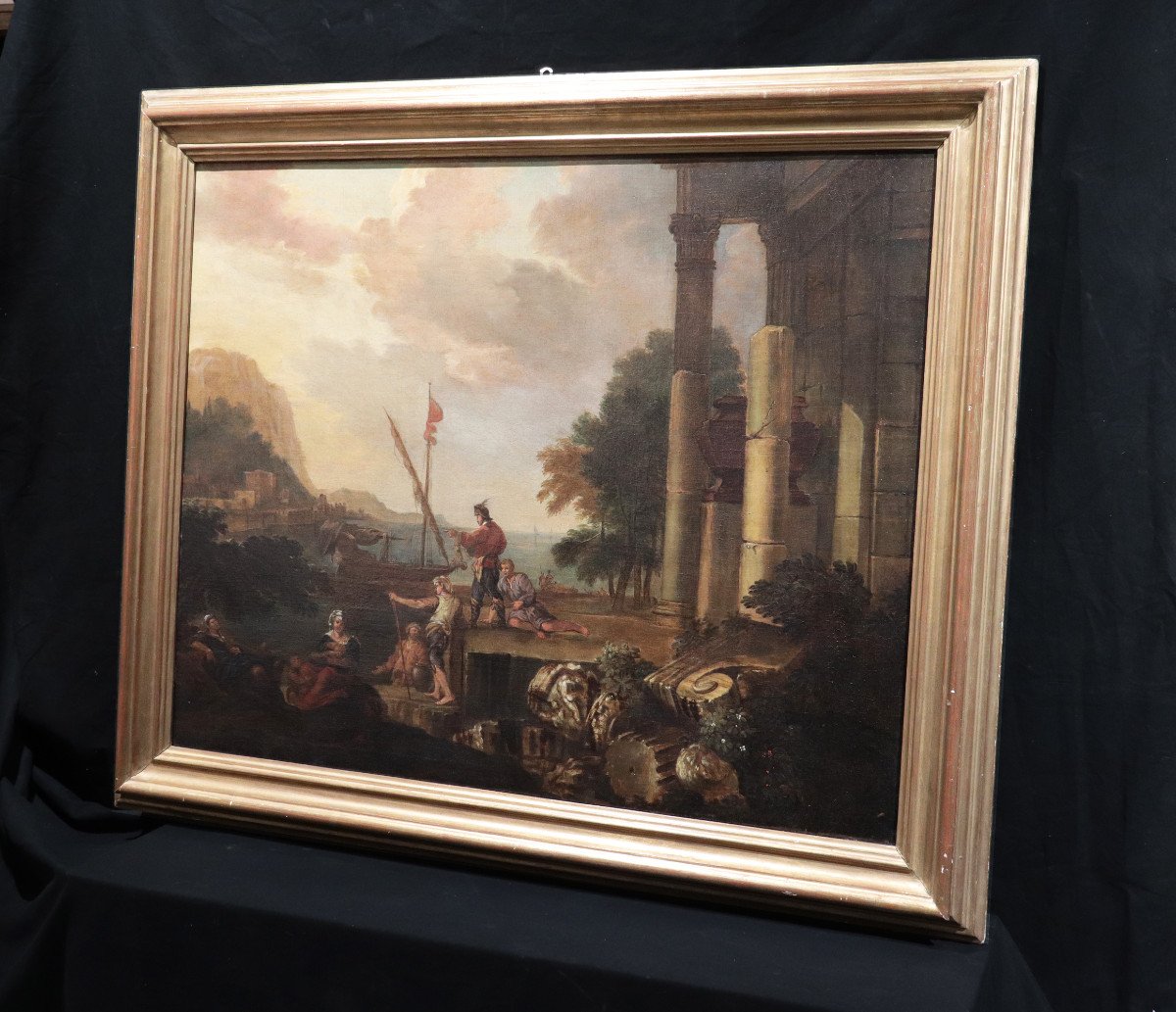
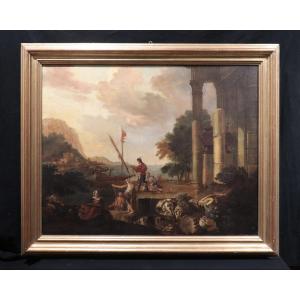








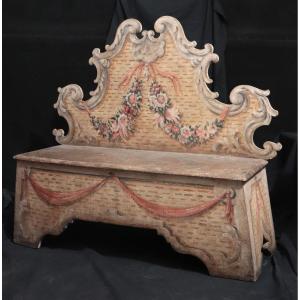

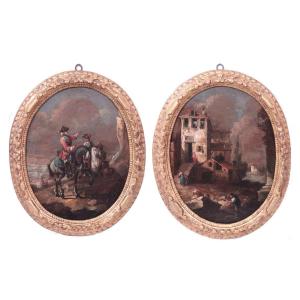
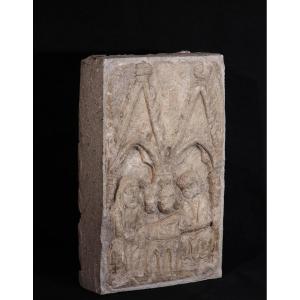
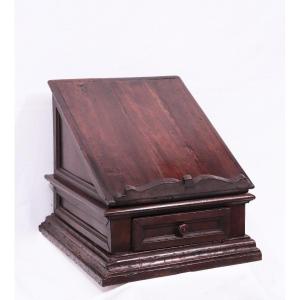
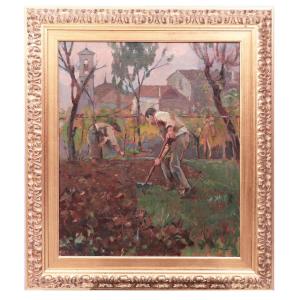
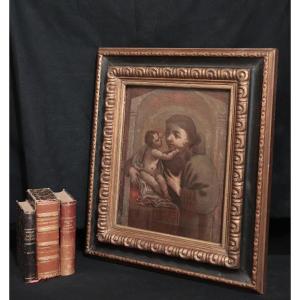


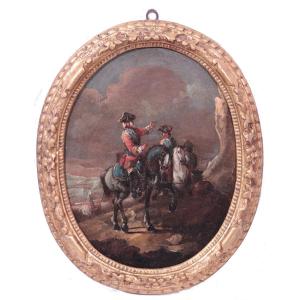

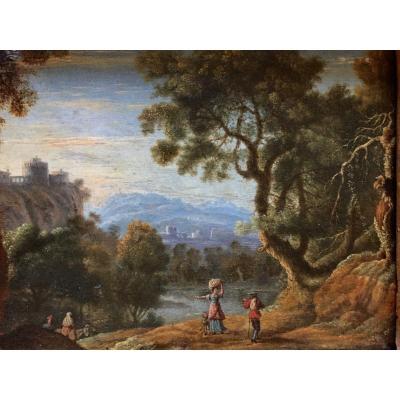






 Le Magazine de PROANTIC
Le Magazine de PROANTIC TRÉSORS Magazine
TRÉSORS Magazine Rivista Artiquariato
Rivista Artiquariato